The phenomenon of quark confinement stands as one of the most intriguing puzzles in modern particle physics. Unlike other fundamental particles such as electrons or photons, quarks have never been observed in isolation. They are perpetually bound within composite particles like protons and neutrons, defying all attempts to separate them. This peculiar behavior has led scientists to delve deeper into the strong nuclear force, the fundamental interaction responsible for holding quarks together.
At the heart of quark confinement lies the strong force, mediated by particles known as gluons. Unlike electromagnetism, where the force weakens with distance, the strong force behaves oppositely. As quarks are pulled apart, the energy stored in the gluon field between them increases. Beyond a certain point, this energy becomes so immense that it spontaneously creates new quark-antiquark pairs, effectively preventing any single quark from being isolated. This self-reinforcing mechanism ensures that quarks remain forever confined within hadrons.
The mathematical framework describing this behavior is quantum chromodynamics (QCD), the theory of the strong interaction. QCD introduces the concept of color charge, a property analogous to electric charge but with three types instead of one. Quarks carry color charge, and gluons, which bind them, also carry color. The exchange of gluons between quarks leads to a phenomenon called asymptotic freedom, where quarks behave almost as free particles at extremely short distances but become tightly bound as they move apart.
Experimental evidence for quark confinement comes from high-energy particle collisions. When protons are smashed together in accelerators like the Large Hadron Collider (LHC), the energy is converted into jets of hadrons rather than free quarks. These jets are the observable remnants of quarks attempting—and failing—to escape their confinement. The patterns of these jets align perfectly with QCD predictions, reinforcing the theory’s validity.
Another compelling aspect of confinement is its connection to the mass of visible matter. Protons and neutrons, which constitute atomic nuclei, derive most of their mass not from the intrinsic mass of their constituent quarks but from the energy of the gluon fields binding them. This revelation underscores how profoundly quark confinement shapes the universe’s structure. Without it, matter as we know it would not exist.
Despite decades of research, quark confinement remains a theoretical and experimental challenge. Lattice QCD, a computational approach, has provided insights by simulating quark interactions on discrete spacetime grids. These simulations confirm that the energy between quarks grows linearly with distance, a hallmark of confinement. Yet, a full analytical solution to QCD that explicitly explains confinement remains elusive, leaving room for future breakthroughs.
The implications of quark confinement extend beyond particle physics. In the early universe, moments after the Big Bang, temperatures and energies were so high that quarks and gluons existed in a deconfined state, forming a quark-gluon plasma. Studying this plasma in heavy-ion collisions offers clues about how confinement emerged as the universe cooled. Understanding this transition is crucial for unraveling the conditions that shaped the cosmos.
While the inability to observe free quarks might seem like a limitation, it is a testament to the richness of quantum field theory. Quark confinement exemplifies how fundamental forces can give rise to emergent phenomena that define reality. As experiments grow more precise and theoretical tools more sophisticated, the mystery of confinement continues to inspire, reminding us that some of nature’s deepest secrets are hidden in plain sight—locked within the very fabric of matter.
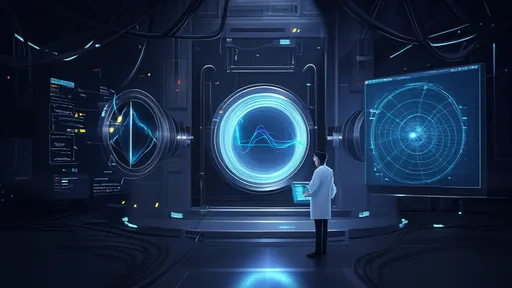
By /Jun 19, 2025
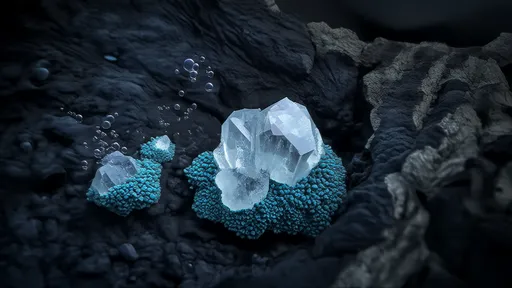
By /Jun 19, 2025
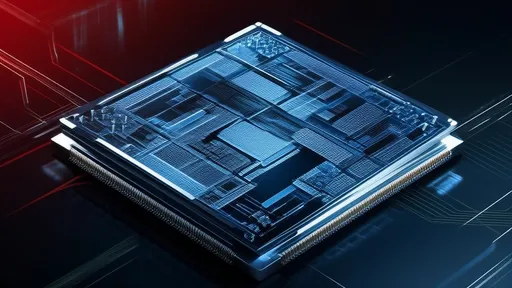
By /Jun 19, 2025

By /Jun 19, 2025
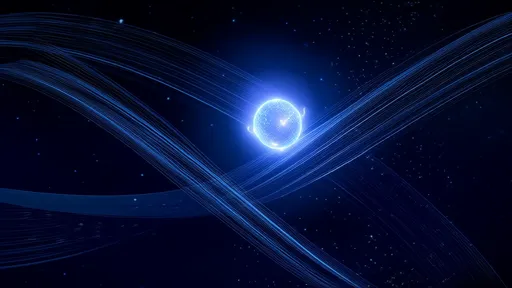
By /Jun 19, 2025
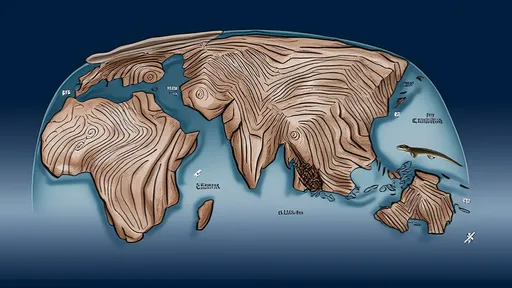
By /Jun 19, 2025

By /Jun 19, 2025
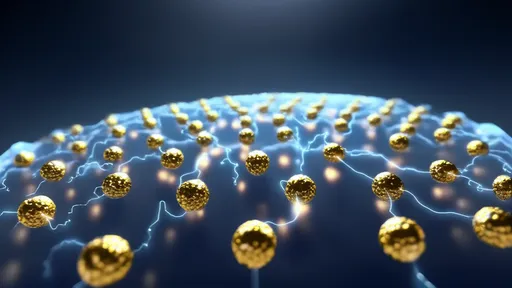
By /Jun 19, 2025

By /Jun 19, 2025
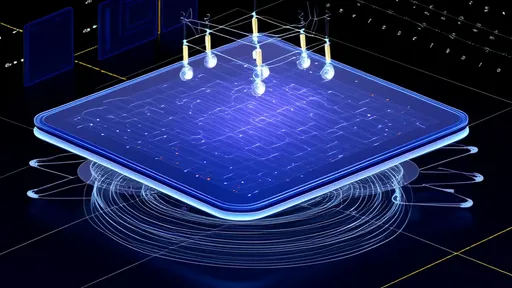
By /Jun 19, 2025
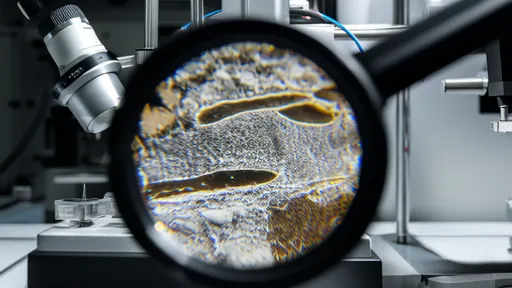
By /Jun 19, 2025
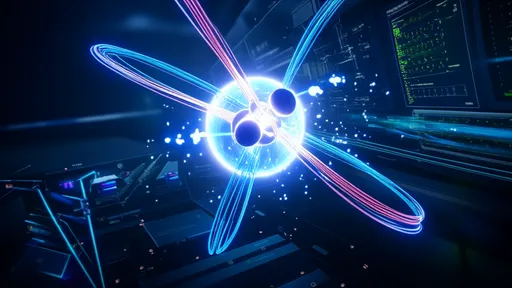
By /Jun 19, 2025
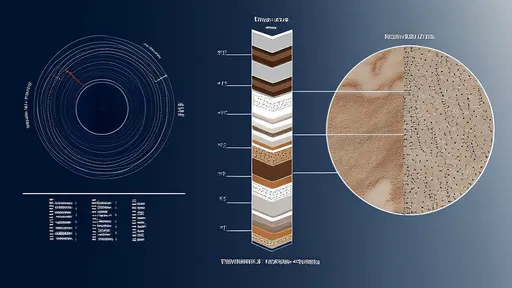
By /Jun 19, 2025
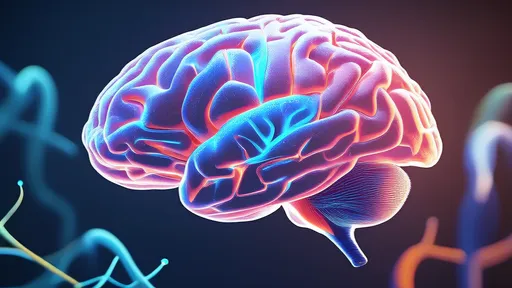
By /Jun 19, 2025
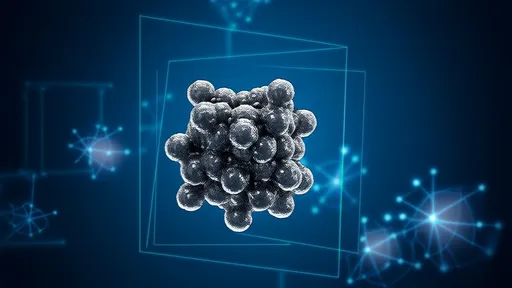
By /Jun 19, 2025
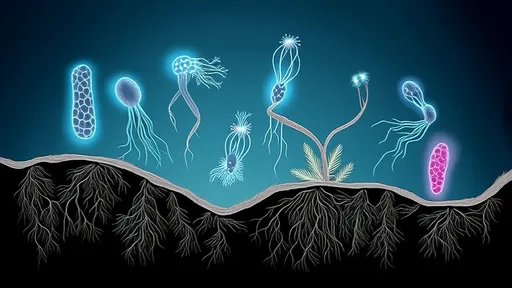
By /Jun 19, 2025
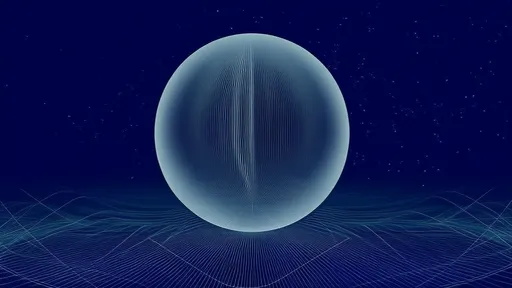
By /Jun 19, 2025